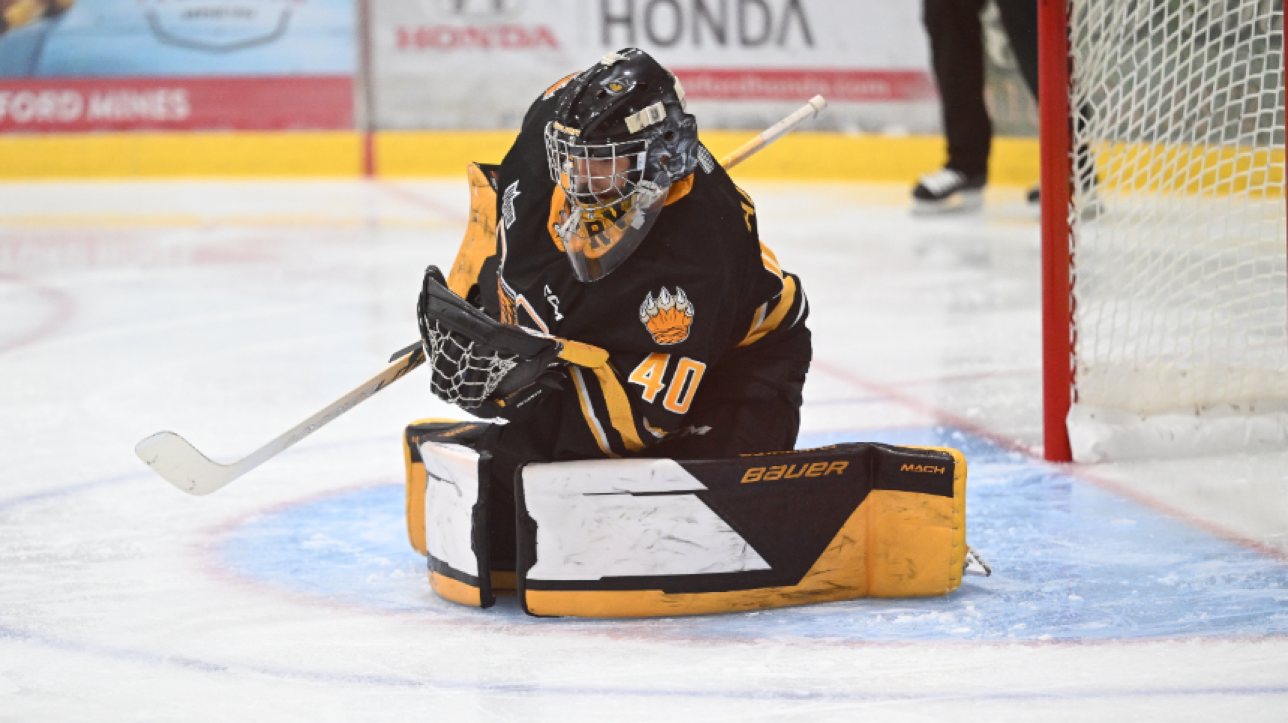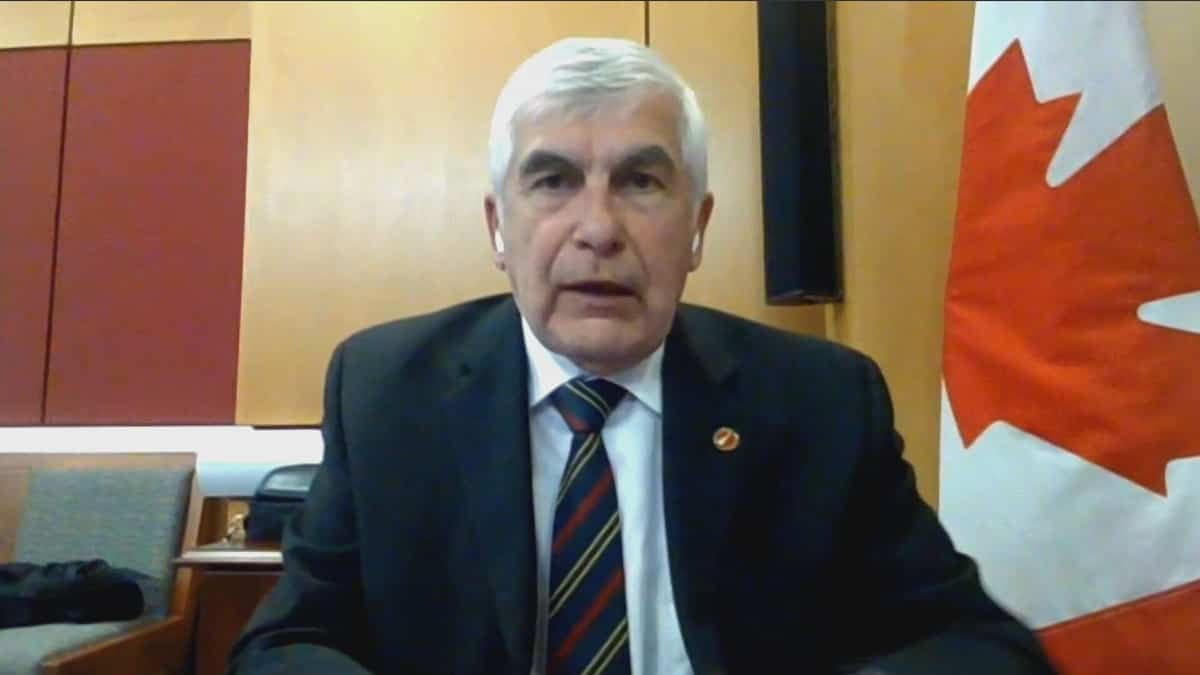To introduce you to our young researchers, we conducted Throughout the academic year 2022-2023 a series of short interviews , to which all master’s and doctoral students, as well as all our researchers, are invited to respond. We posted selfies on Facebook with the hashtag #iRExEclairInterviews in the past few months.
In this second article in a series of four, we compile the different responses that have been received from these emerging young scientists to the question:
What is your favorite planet (or exoplanet) and why?
From right to left, top to bottom: Alexandrine Laureux, André Baudouin, Anne Boucher, Ariane Delaire, Caroline Piaulet, Charles Cadieux, Charles Edouard Bockarie, Chris Mann, Clemence Fontaneve, Derek Lizotte, Dominique Couture, Erica Le Bourdis, Étienne Artegao , Frédéric Genest, Jiang Nguyen, Jared Splinter, Jonathan St. Antoine, Catherine Thibault, Kevin Moore, Kim Morel, Leslie Moranta, Lisa Dang, Loïc Albert, Marilou Fournier Tondro, Michael Matisek, Neil Cook, Olivia Lim, Pierre-Alexis Roy and Romain Allart, Simon Delisle, Thomas Vandal, and Vineshwaran Krishnamurthy.
Mercy : This is not one, but four exoplanets, around the star HR 8799. I like this system because it is the first (and still the only!) example of a star with multiple planets that we can take a direct image (direct imaging method) which is very rare. And after years of observation, we’re even seeing planets orbiting the central star, which I find amazing!
Thomas Two of my favorite planets are undoubtedly the two giant planets around the star Beta Pictoris. The debris disk around this star has been studied since the 1980s, with the first planet about 10 times the mass of Jupiter detected by direct imaging in 2010, and then the second in 2019. It is the first system I studied after my arrival. in iREx and it still intrigues me today!
Simon D. : I like 55 Cancri E. It’s a rocky (and possibly lava) planet very close to its star. It is a real mystery in our environment, because the observations we have are so amazing we have a hard time explaining them with our current theories.
Mary Lou : The exoplanets that impress me most at the moment are those in the habitable zone of the TRAPPIST-1 planet system, because I’m anxious to see if the James Webb Space Telescope will detect atmospheres on these exoplanets. The system includes seven Earth-sized planets, at least three of which lie in the temperate zone of their very young star.
Lisa : lava planets like K2-141 b, 55 Cancri e, and GJ367 b are my favourites! There are blistering temperatures, and as they literally roast their host stars, they are covered in oceans of lava that contain new information about the rocky interiors of planets!
Alexandrine : my favorite planet earth. I find it really extraordinary that all the conditions there could have combined to allow the emergence and development of life. Thanks to her we are now able to turn into space and study the other worlds out there!
loic : My favorite planets are the four large gas planets orbiting the young star HR 8799. This is the first multi-planetary system observed and the planets are directly visible as bright spots. We even get to see them follow their orbit over the years! It helps to know that they were discovered by a Canadian team.
Vigneshwaran : My favorite exoplanet (so far!) is GJ 9827 d. This giant Earth is less dense and interesting chemical processes (?!) can occur in its atmosphere. If only it could be studied better!
Jared : My favorite exoplanet is hot Jupiter WASP-121 b, mainly because I’m going to analyze it using data from the James Webb Space Telescope. WASP-121 b belongs to a subclass of hot Jupiters called superhot Jupiters (because scientists are so inspired when it comes to inventing names). The temperature on the side of the planet still facing the star (its “daytime” side) is too high for the molecules to disintegrate, but the temperature on the other side is low enough to rehabilitate the molecules.
Jiang : My favorite planet is K2-141b. This is the first lava planet I know of. After working on it for a long time, I finally got hooked on it!
Kevin : My favorite planet Earth: It’s the only planet we know of that has great music. My favorite exoplanet is Proxima Centauri b. It is one of the closest exoplanets to us, and orbits in the habitable zone of its host red dwarf, making it an ideal candidate for my search for Earth-like exoplanets.
Charles Edward : It’s definitely K2-141b! I’ve been studying the dynamics of lava planets since I got my Ph.D. Until recently, I only studied the rocky planets in our solar system as they were when they formed. We think it was completely covered in lava, then! I had a hard time convincing my friends that it was interesting to study the dynamics of the planets 4 billion years ago. Imagine my joy when I first heard about K2-141b, a rocky exoplanet that now contains a magma ocean!
If you want to hear other iREx astronomers talk about their favorite planet, watch our video What is your favorite exoplanet? From the series Des exoplanètes et nous (in French, with English subtitles).
To read astronomers’ answers to other questions, see the other articles in the series:
- We asked young astronomers: What are you doing these days?
- We asked young astronomers: What is an important chapter in the history of the exoplanets?
- We asked young astronomers: Do you think there is life elsewhere?
Related

“Hardcore beer fanatic. Falls down a lot. Professional coffee fan. Music ninja.”







More Stories
Martin Freeman stopped being a vegetarian after 38 years
MS-DOS 4.0 source code release: What a story!
It is better to preserve food without preservatives, but with yeast